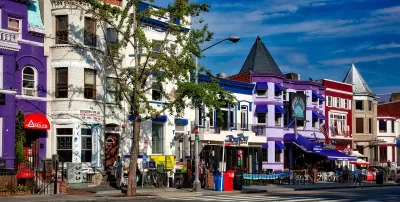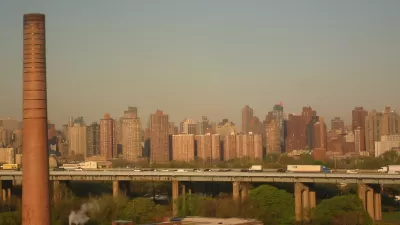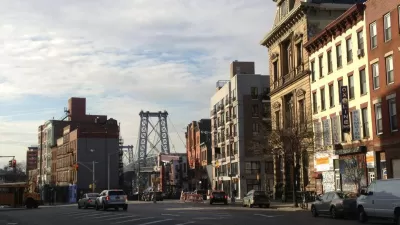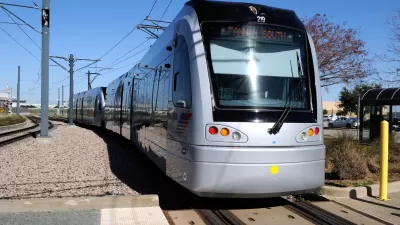Modern zoning practices separated uses, claiming this was a better way to organize American cities. However, the social, cultural, and urban design outcomes drastically changed the world we live in.

A new video from the Institute for Humane Studies at George Washington University takes a closer look at the history of zoning in the United States and the effects zoning has had on the design and makeup of cities.
During the 1920s and 1930s, modernist planners moved to separate land uses in cities. They said it was a solution to nuisance and pollution problems, but it was also a way to promote the single-family home and, by extension, the nuclear family. One of the main effects of single-family zoning was to drive up the cost of housing, as housing densities decreased and supply failed to meet demand, says economist Sandy Ikeda.
Starting in the 1950s, cities started rezoning and designating particular areas as blight. The result was the forcing out of residents in poor and minority neighborhoods. In addition, zoning laws helped perpetuate segregation and discriminatory housing practices.
Zoning also reshaped the ways cities looked, with a focus on designing for the automobile instead of people. Jane Jacobs challenged conventional planning practices, points out Christina Sturdivant Sani:
She bucked at planners’ separation of people from the bustle of commercial districts, where they could gather with friends and get to know strangers. Because of car-centric planning, she said the modernist planners’ designs made streets less safe and discouraged folks from visiting small businesses.
Jacobs advocated for mixed-use zoning that would encourage more vibrant and diverse street life.
Ikeda says Jacobs’ lessons are relevant for planners today. “Be aware of the consequences. Try to take into account the costs of what you’re doing. The true city, where experimentation goes on, where you have face-to-face contact, where you have social capital, cannot be completely planned, so you have to be modest. You can’t make people use something in exactly the way that you wanted it.”
FULL STORY: How 1920s-era zoning laws separated people from what they love about cities

Study: Maui’s Plan to Convert Vacation Rentals to Long-Term Housing Could Cause Nearly $1 Billion Economic Loss
The plan would reduce visitor accommodation by 25,% resulting in 1,900 jobs lost.

North Texas Transit Leaders Tout Benefits of TOD for Growing Region
At a summit focused on transit-oriented development, policymakers discussed how North Texas’ expanded light rail system can serve as a tool for economic growth.

Why Should We Subsidize Public Transportation?
Many public transit agencies face financial stress due to rising costs, declining fare revenue, and declining subsidies. Transit advocates must provide a strong business case for increasing public transit funding.

How to Make US Trains Faster
Changes to boarding platforms and a switch to electric trains could improve U.S. passenger rail service without the added cost of high-speed rail.

Columbia’s Revitalized ‘Loop’ Is a Hub for Local Entrepreneurs
A focus on small businesses is helping a commercial corridor in Columbia, Missouri thrive.

Invasive Insect Threatens Minnesota’s Ash Forests
The Emerald Ash Borer is a rapidly spreading invasive pest threatening Minnesota’s ash trees, and homeowners are encouraged to plant diverse replacement species, avoid moving ash firewood, and monitor for signs of infestation.
Urban Design for Planners 1: Software Tools
This six-course series explores essential urban design concepts using open source software and equips planners with the tools they need to participate fully in the urban design process.
Planning for Universal Design
Learn the tools for implementing Universal Design in planning regulations.
City of Santa Clarita
Ascent Environmental
Institute for Housing and Urban Development Studies (IHS)
City of Grandview
Harvard GSD Executive Education
Toledo-Lucas County Plan Commissions
Salt Lake City
NYU Wagner Graduate School of Public Service





























